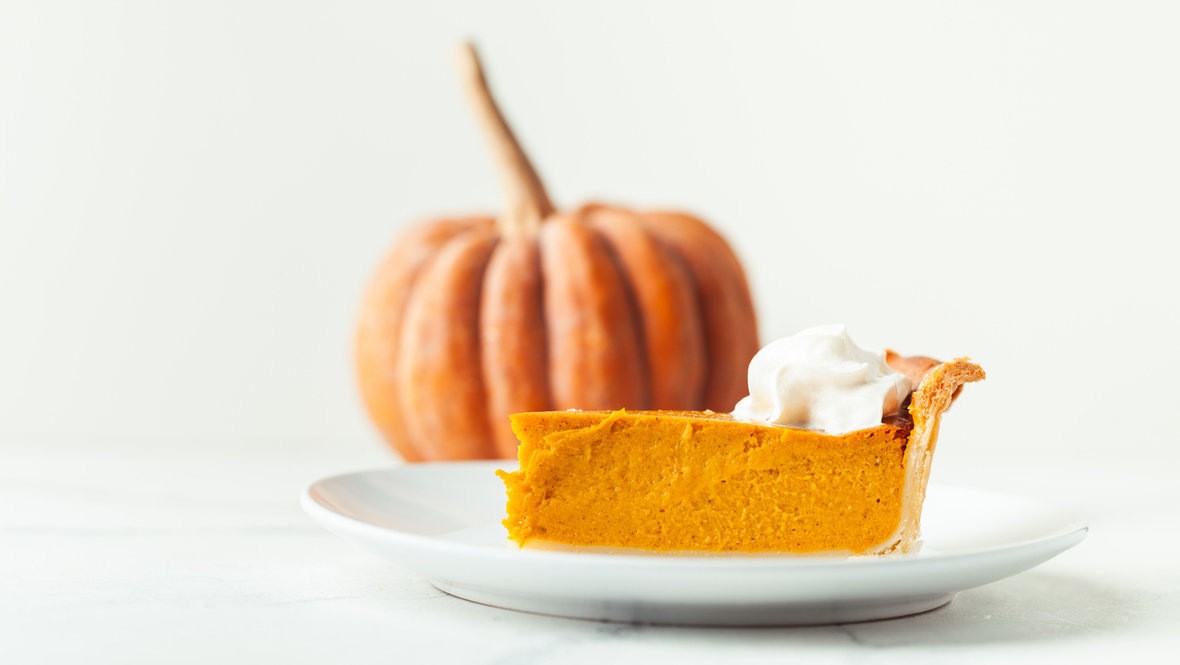Pumpkin Pie: The Cozy Autumn Favorite with a Delicate Balancing Act
Pumpkin pie is one of the warmest, most beloved desserts for family gatherings and holiday dinners. Its rise as a fall icon comes from the United States and is tied to Thanksgiving history. A tender crust, a richly spiced filling, and a golden edge create a harmonious balance of texture and flavor. The sweetness of pumpkin, a gentle vanilla–cinnamon note, and sometimes a pinch of nutmeg add depth. Behind every slice lies a delicate balancing act—too watery or too dry, and the moment can unravel.
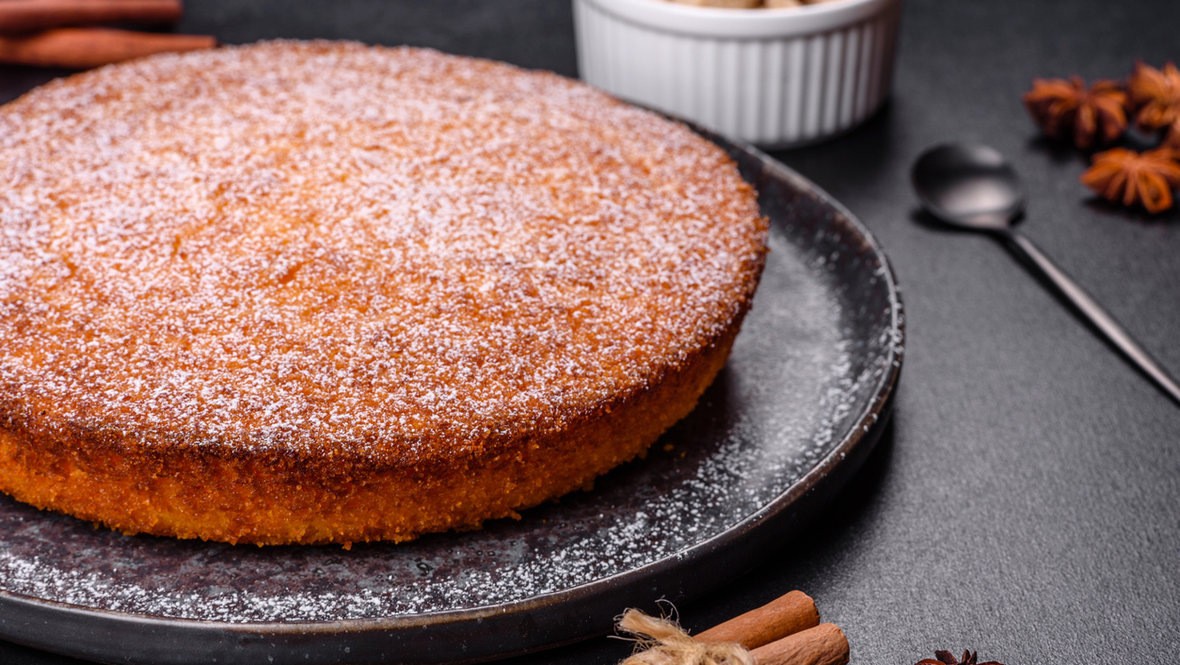
In This Article:
Choosing the Pumpkin and Preparing the Filling
Choosing pumpkins with dense flesh and a strong aroma is the base of flavor and texture. The muscat pumpkin is the ideal choice: it yields a rich, slightly sweet puree with a golden color. For texture, you can leave small chunks of flesh, but the classic version calls for a full purée for smoothness; the texture of the purée largely determines the filling's final consistency. Roasting deepens aroma and caramelizes natural sugars, while boiling saves time and preserves moisture. Best practice: roast pieces until soft and lightly crusted, then blend to a smooth purée and squeeze out excess moisture to avoid a too liquid filling. If you want a more rustic texture, small pieces can remain. Aim for a homogeneous mass without large fibers or lumps so the filling holds its shape after baking.
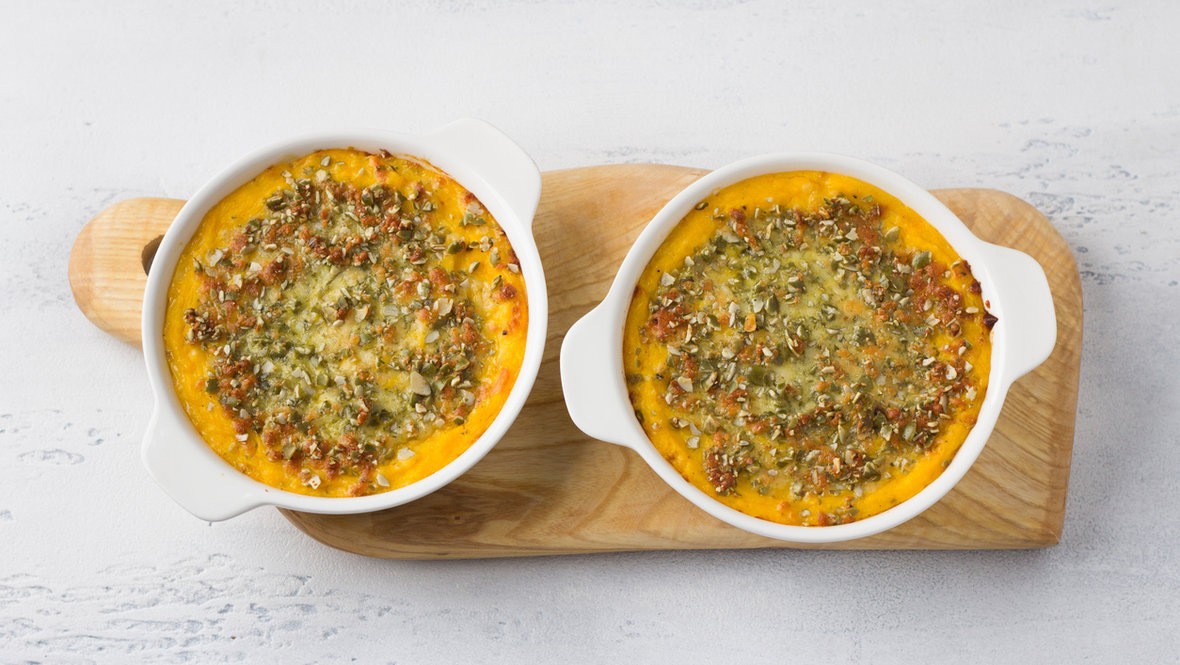
Dough, Aromatics, and the Quiet Power of Spices
To make the crust, start with sifted flour, then add water or milk, eggs, and a bit of oil; knead until smooth and elastic, then let the dough rest 20–30 minutes. You can add a pinch of coriander, cardamom, or citrus zest to the dough for light aroma; however the filling carries most of the flavor, and the dough remains neutral. If you want extra aroma without changing the dough, you can use vanilla or vanillin; vanilla is a natural product that provides a rich, warm aroma and depth but is usually more expensive; vanillin is a synthetic option that is cheaper, longer-lasting, and often sharper.
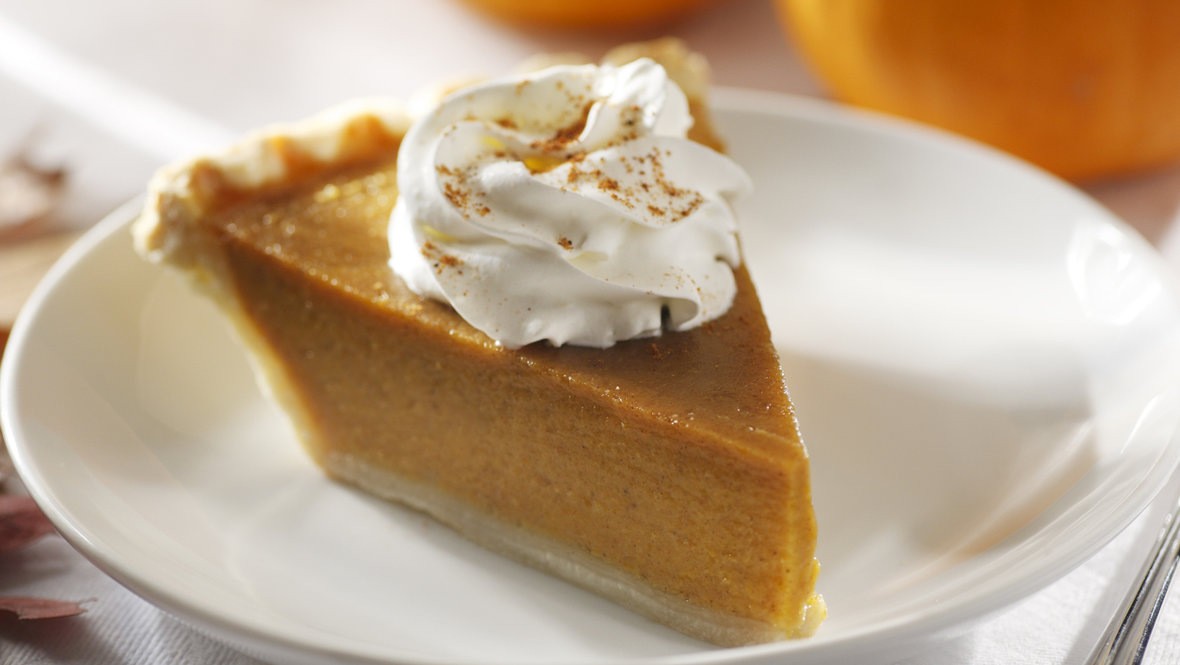
Bakeware, Temperature, and Doneness Testing
For bakeware, glass and ceramic pans with dark surfaces heat the batter more evenly, while metal pans work well if they have nonstick coatings and controlled heat. Optimal temperature and time are about 175–180°C (347–356°F) for roughly 50–70 minutes, depending on the thickness of the filling and dough. To test for doneness, insert a toothpick into the center: if it comes out clean or with only a few crumbs, the pie is done. The center should still feel slightly springy to the touch. To prevent a watery filling, thoroughly drain the pumpkin purée and add stabilizers per the recipe (eggs, starch, or flour); avoid overfilling the crust and let the pie rest and cool completely before slicing. A traditional American pumpkin pie often includes condensed milk or cream to achieve a creamy, rich texture; spices typically include cinnamon, nutmeg, ginger, and sometimes cloves.
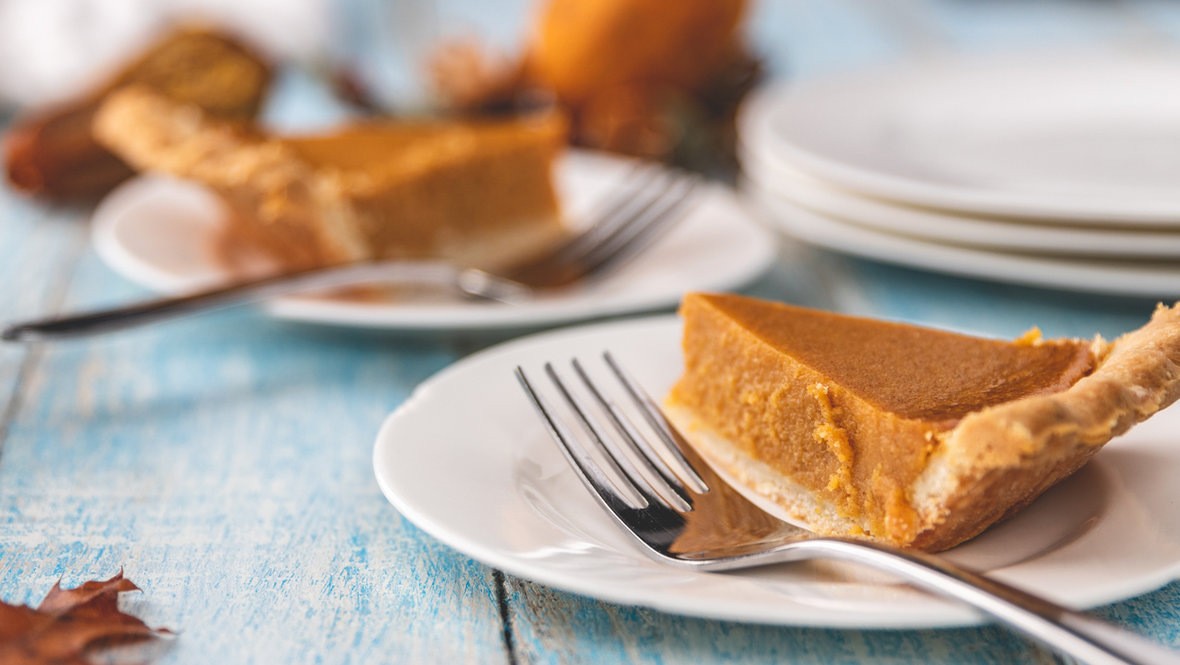
Serve, Variations, and Seasonal Style
Serving and decoration: pumpkin pie can be served warm or cooled, topped with whipped cream and sometimes a dusting of cinnamon; decorative touches like rosettes of whipped cream or leaf shapes can elevate the presentation. A caramel sauce adds gloss and depth; drizzle along the edge or create a small design to emphasize the pie’s geometry. Decor ideas include dough cutouts of leaves or symmetrical patterns placed on top or around the edge. Variations mentioned include Spanish Coca de Calabaza, a gluten-free version, and a pumpkin pie filling variant with cream cheese. The pie pairs well with tea (black or herbal), coffee, or mulled wine; and practical tips remind us to drain excess liquid and consider pumpkin’s health benefits and possible drawbacks.
